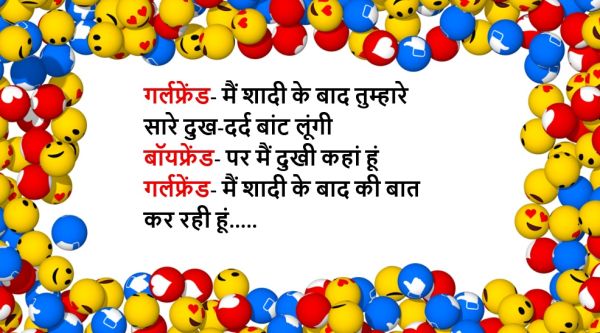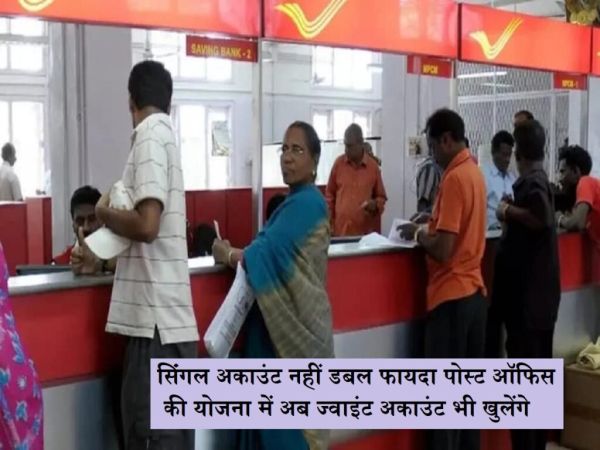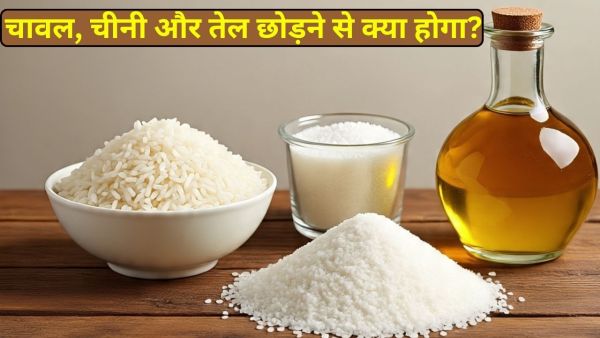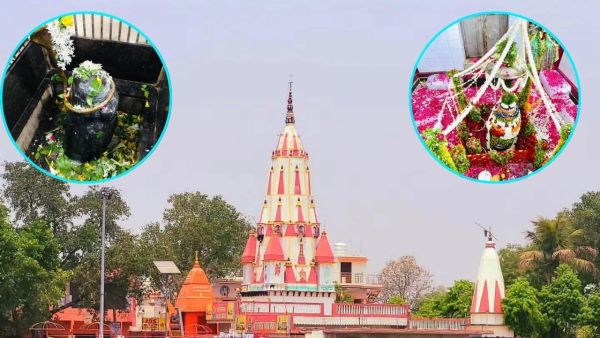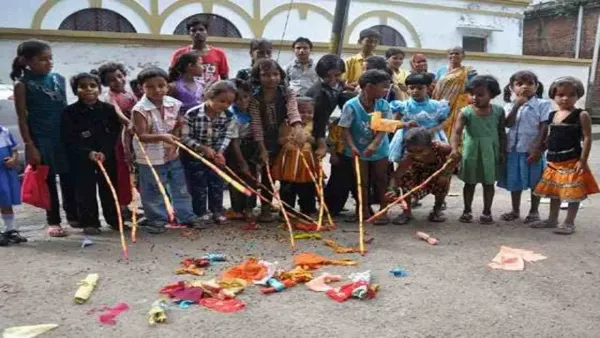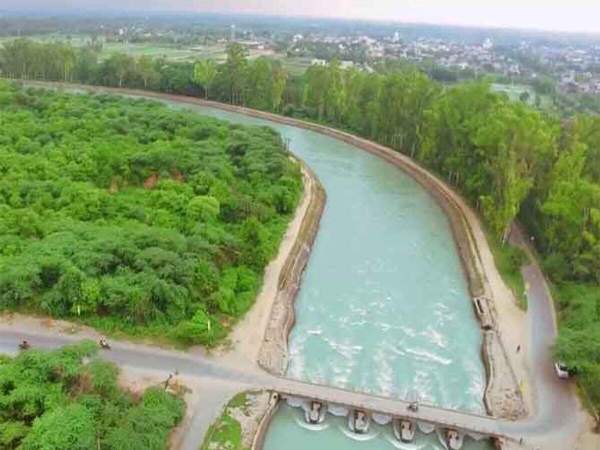
The Thar desert of Rajasthan was once known only for dry sand, water crisis and drought. But today the same earth looks full of greenery and produce. This impossible was possible by India’s largest canal project – Indira Gandhi Canal. It is not just an irrigation project, but it is a new revolution of greenery and prosperity in the life of Rajasthan. Let’s know how this project became the lifeline of the desert and how it changed the fate of millions of farmers.
https://www.youtube.com/watch?v=41v9mard1fo
Indira Gandhi Canal: A historic beginning
The Indira Gandhi Canal Project was earlier known as the “Rajasthan Canal Project”. Its foundation was laid in 1958, but its new name was given in 1984 after former Prime Minister of India Indira Gandhi. It was conceived after independence, when the Government of India began working on a concrete plan for a permanent solution to water crisis and famine in the Thar region.
Where does this canal come out?
This canal originates from Harike Barrage (located in Punjab), which is located at the confluence of the Sutlej and Beas rivers. From there, this canal enters Rajasthan via Punjab, Haryana. In Rajasthan, this canal passes through Ganganagar, Hanumangarh, Bikaner, Churu, Jaisalmer and Barmer districts. Its total length is about 649 kilometers, and the total length, including branches associated with it, exceeds 9,245 kilometers.
Miracle of greenery in the desert
The land which was once considered barren, today crops like wheat, cotton, sugarcane, millet, mustard and moong are blooming. Indira Gandhi Canal irrigated the northern and western parts of Rajasthan and brought revolutionary changes in the agriculture sector. Earlier, where less than 10% of the land was irrigated, the figure has reached 60% today.
36,00,000 hectares of land fertile
Through the Indira Gandhi Canal Project, about 36 lakh hectares of land in Rajasthan has been brought under the purview of irrigation. This has not only brought relief to the farmers, but has also increased a huge increase in food production. In many villages, earlier there was a huge shortage of drinking water, today sweet water is coming from the taps.
Social and economic changes
Due to this canal, not only did farming be encouraged, but employment opportunities in rural areas also increased. There was a significant increase in the income of farmers, which improved the standard of living in rural areas. In many places people have started alternative businesses like animal husbandry, dairy and horticulture. Access to education and health services has also become easier because the availability of water resources brought stability in public life.
Environmental impact
While on the one hand this project became a symbol of greenery and prosperity, on the other hand discussions of its environmental effects are also necessary. The water level in the land increased due to canal water, but in some areas the problem of waterlogging and alkalinity was also seen. The increase in ground water at times affects soil quality. For this, special attention is being paid by the government to improve drainage systems and water management.
Water disputes and challenges
There have also been disputes between Punjab, Haryana and Rajasthan over water sharing due to this precious stream of water. Due to limited amount of water available for irrigation, the challenge of distributing it in a justified manner remains. In addition, continuous monitoring is also required to prevent cleanliness and leakage of canals.
Future Towards: Technical Innovation and Planning
At present, the Rajasthan government and the central government together are adopting measures such as micro irrigation, drip system, and lining of canals to conserve water and irrigate more land. It is being made more efficient and durable by connecting the Indira Gandhi Canal Project to smart water management.
